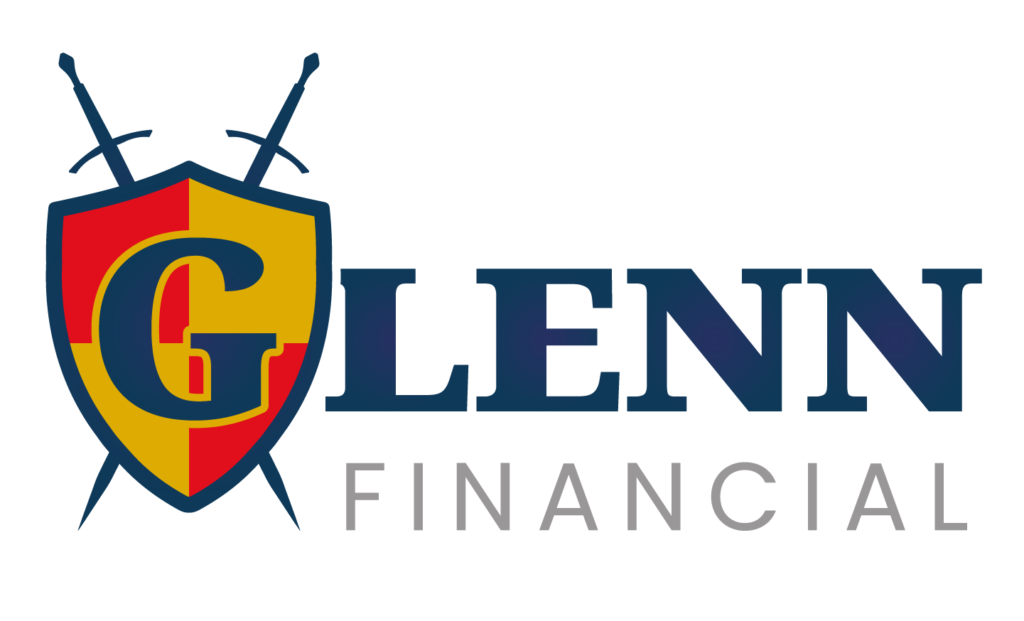
A BRIEF HISTORY:
Due to the COVID crisis of 2020, the federal government adopted an easy-money policy that saw $814 billion injected into the economy.1 This created a two-part storm. There was an economic tailwind created by this injection that saw the markets fully recover from their low in March 2020. It also created a monster of a headwind, inflation. In 2022, inflation reached an all-time high of 9.1% in June of 2022 for an annualized rate of 8.0%.2 When inflation skyrockets, the main way to counteract its effects is to ratchet up interest rates, which we saw in 2022 as well.
While many economists were bearish heading into 2023, the markets did not listen. Fueled by technological advancements in artificial intelligence, the S&P 500 returned over 26% when the dust settled. The NASDAQ was up over 53%. The astronomical returns didn’t quite feel attached to reality. Monetary policy throughout the year remained strict, especially in the first three quarters, with interest rate increases during multiple separate Reserve meetings. The federal funds rate did become more stable towards the end of the year, partly pushing the S&P 500 toward the finish line.
At the time of writing this article, most consumers have long spent their COVID stimulus and are caught between a rock and a hard place. The economy produces mixed results between a contracting manufacturing sector and a growing service sector3, labor shortages, and pay scales that aren’t keeping up. Consumers are now faced with an increased debt load (compounded by student loans resuming in October of 2023). Inflation is still 15-20% higher (prices) today than in 2020.
So with all that in mind, we now address the title of the article. A soft landing simply means a sweet spot after a tight monetary policy (increasing rates) and reduction of inflation. It is a definition of a “cooler” economy that hasn’t been thrown into recession territory. It’s a mixture of continued growth with low inflation, it’s tough to do. While it may seem bleak, it’s far better than a recession.
What does this mean for you? I’m not sure. Chances are that if you’re in a stable job, it may not affect you very much at all. That’s why we have to focus on the things within our control. The macro-economic issues trickle down to the micro level, the family. While the large-scale issues are out of our control, what we do with what we have is not. Now, more than ever is the time to have a plan in place to manage our personal budgets.
Cash in vs. Cash out, where it’s going and why.
Want to know if you’re on the right track? Use these ratios:
Housing Costs: ≤ 28% of Gross Income
Savings Rate: Roughly 15% of Gross Income
Emergency Fund: 3-6 months of non-discretionary expenses covered.
None of these ratios should be used in a vacuum but can be used as a baseline.
Already there? Working with a professional is your next step to make sure your tax, insurance, and retirement planning are in order.
2. https://www.usinflationcalculator.com/inflation/current-inflation-rates/
